New bronze rostrum recovered in the Egadi Sea: discovery of historical treasures continues
The sea off the Egadi Islands continues to yield valuable archaeological treasures, direct evidence of the historic Battle of the Egadi Islands in 241 B.C., which marked the end of the First Punic War. During the August research campaign, conducted by the Sicilian Region’s Superintendence of the Sea in collaboration with the “Society for documentation of submerged sites” (Sdss) and the U.S.-based Rpm Nautical Foundation, a new bronze rostrum was recovered, found at a depth of about 80 meters.
The find, transferred to the first intervention laboratory in the former Florio Plant in Favignana, is now the focus of analysis by archaeologists from the Superintendence of the Sea. Although the numerous sea concretions do not yet make it possible to verify the presence of any inscriptions, the rostrum features arelief decoration depicting a Montefortino-type helmet with three feathers, similar to those already recovered in previous campaigns.
Underwater research in the stretch of sea between Levanzo and Favignana has been going on for about 20 years, bringing to light not only 27 rostrums, but also 30 Montefortino helmets belonging to Roman soldiers, two swords, coins and a considerable number of amphorae. These findings offer extraordinary material evidence of the violent naval battle that took place in 241 B.C., ending the long and bloody First Punic War between Rome and Carthage.
The oceanographic ship “Hercules,” equipped with sophisticated instrumentation, played a crucial role in the identification and recovery of the numerous submerged finds, confirming the importance of the Egadi site as one of the main theaters of study for underwater archaeology worldwide.
“The Egadi seabed,” says Regional Councillor for Cultural Heritage Francesco Paolo Scarpinato, “is always a valuable source of information to add further knowledge about the naval battle between the Roman and Carthaginian fleets. Sebastiano Tusa’s intuition continues to this day to receive more and more timely confirmation, corroborating the archaeologist’s studies that had allowed the identification of the theater of the battle that sanctioned the dominance of the Romans over the Mediterranean.”
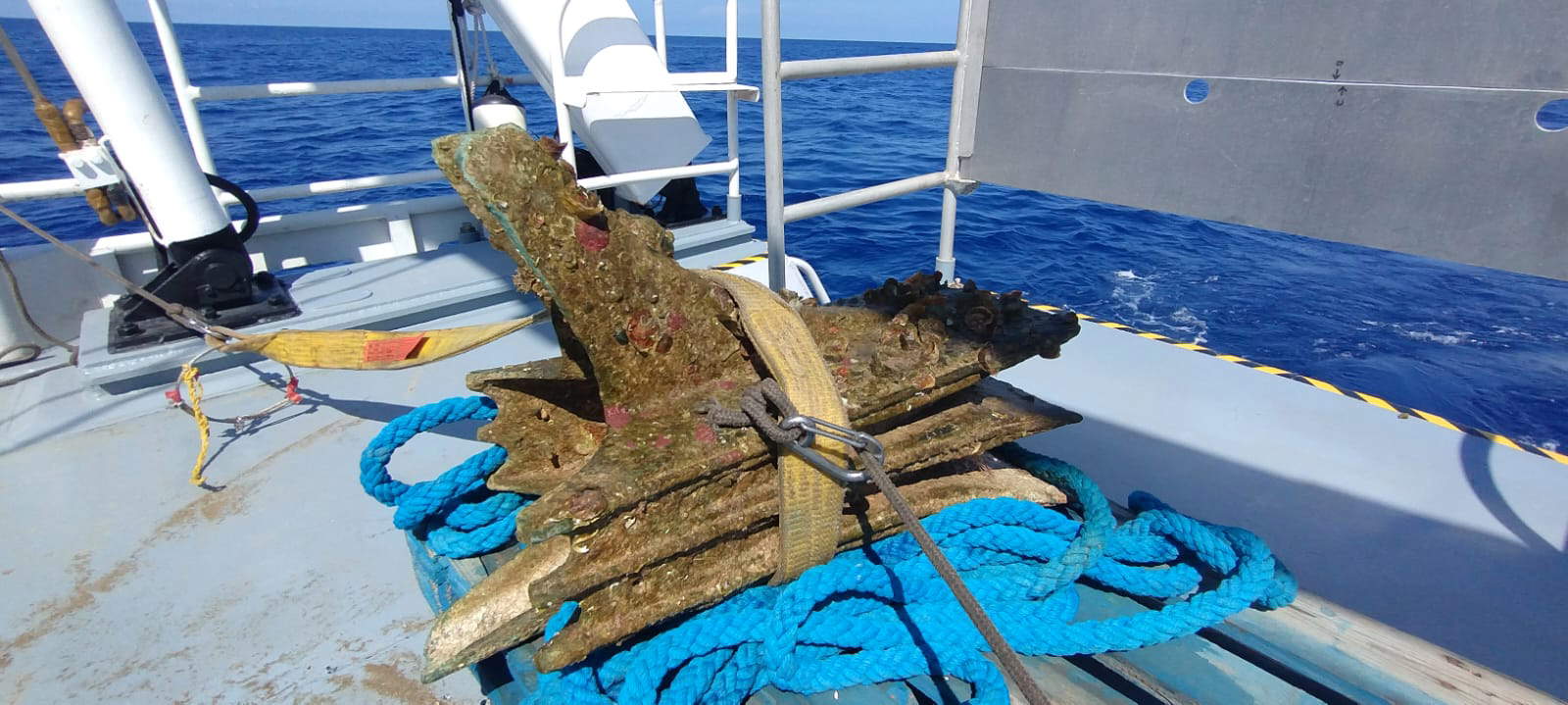
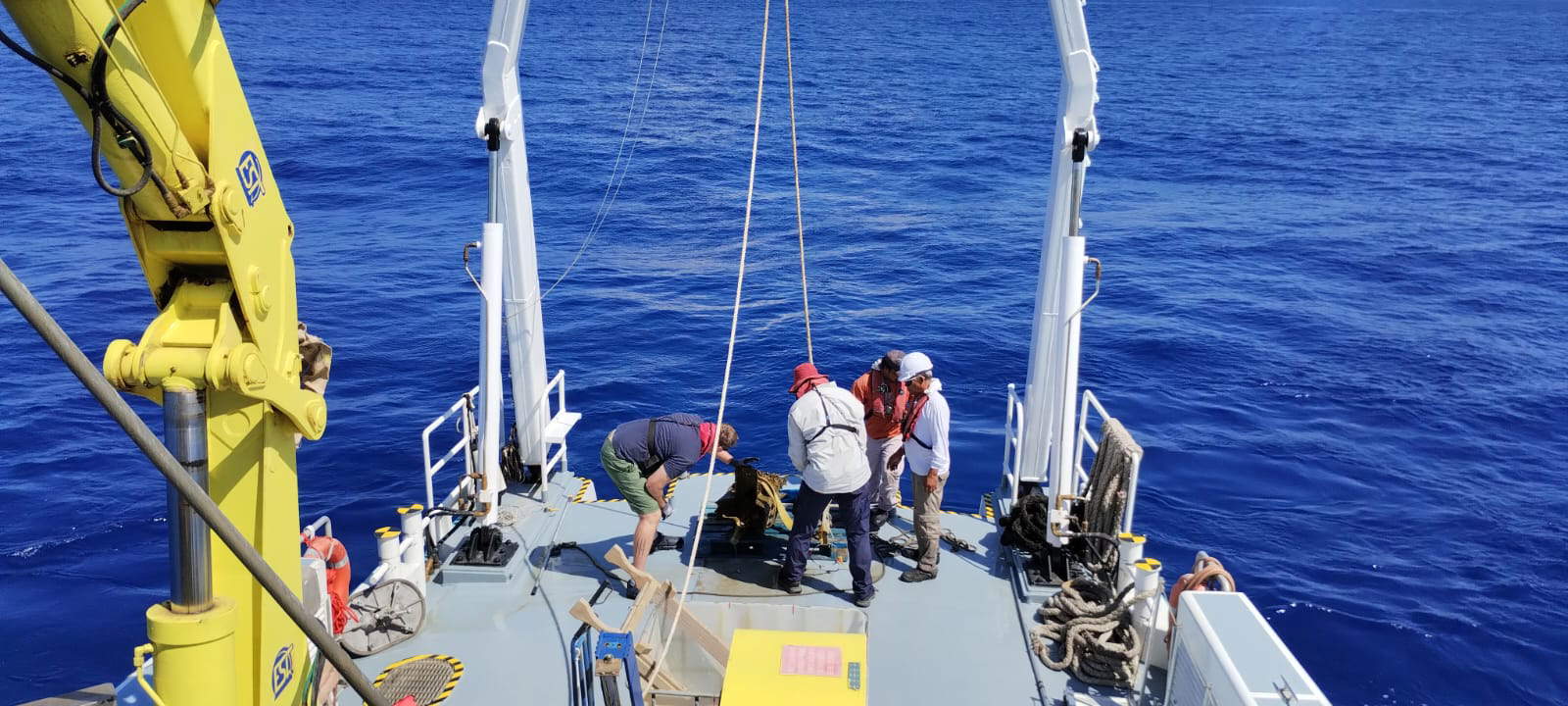
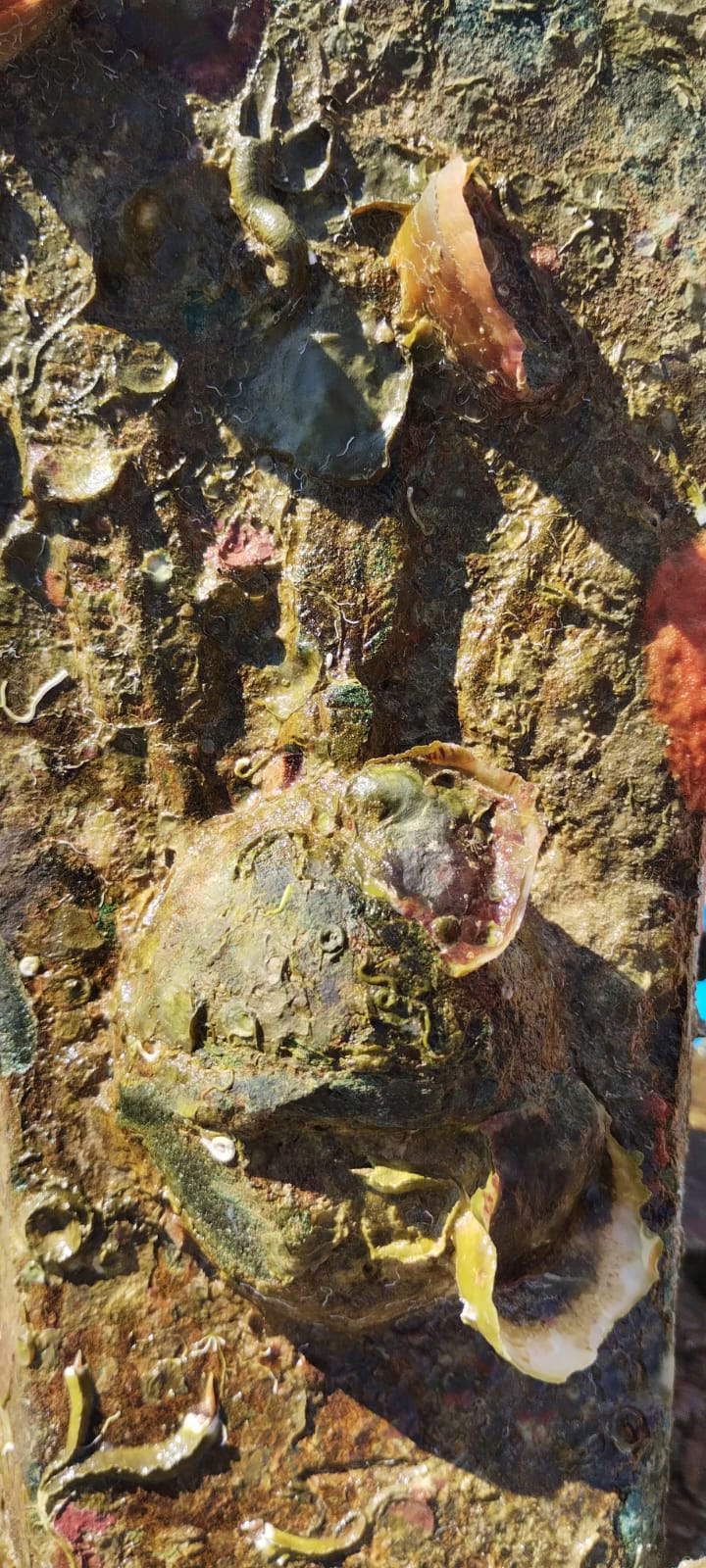
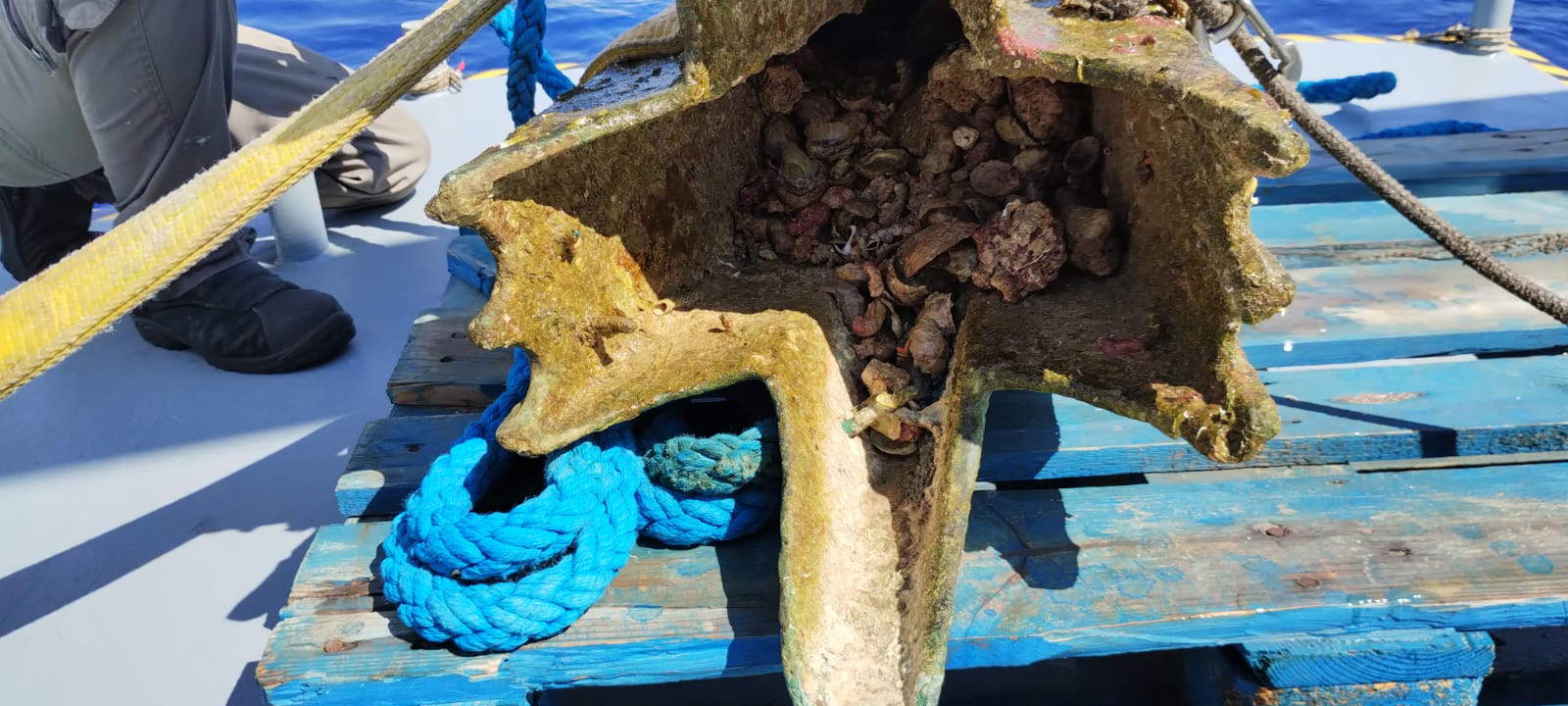
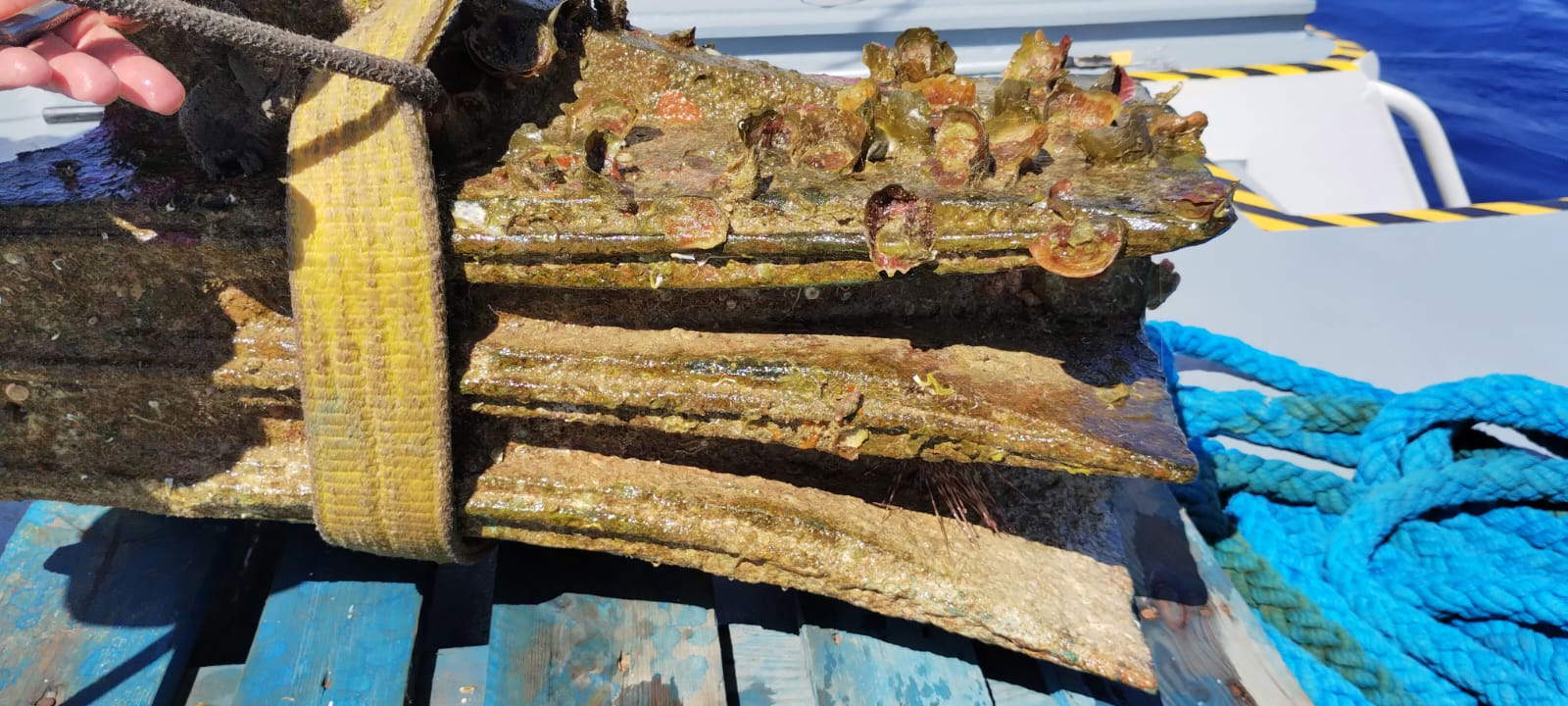
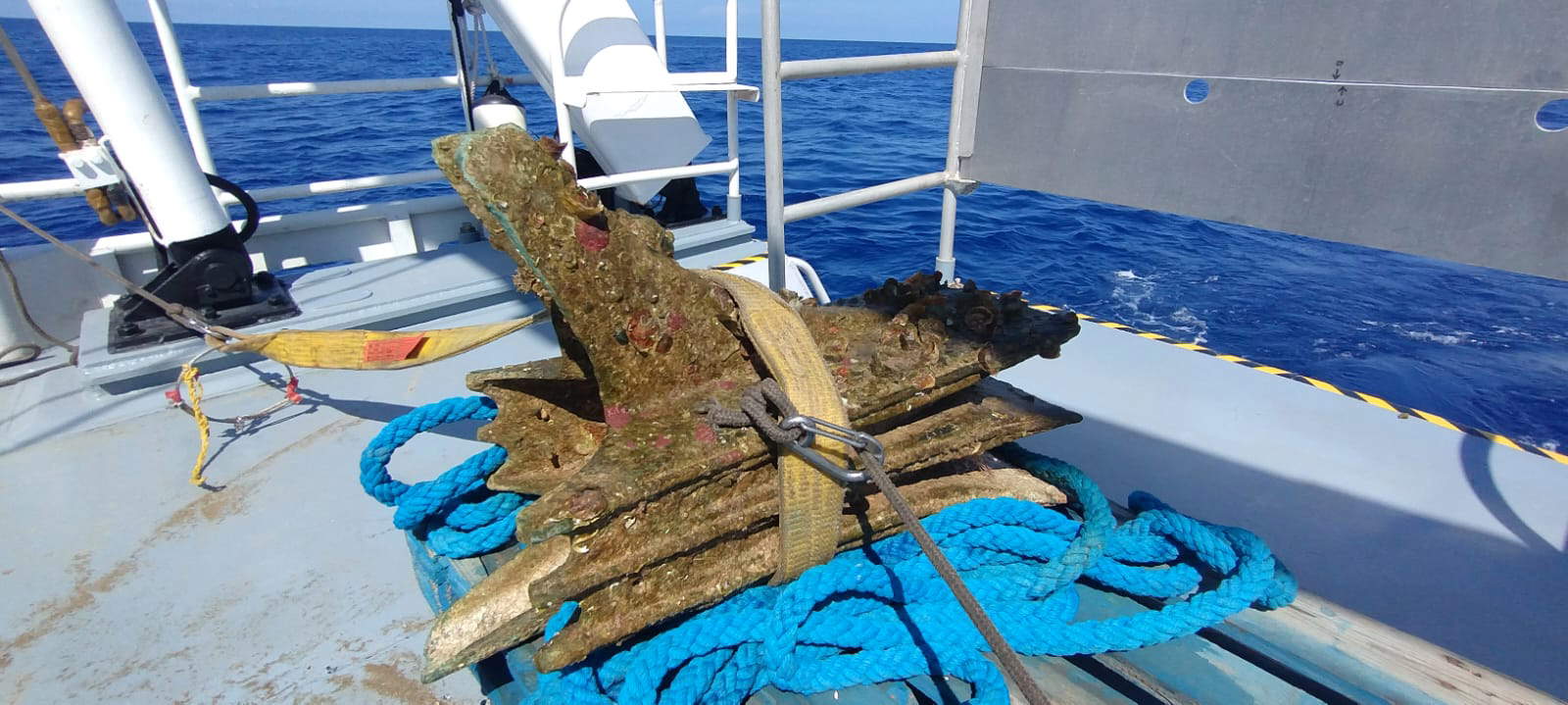 |
| New bronze rostrum recovered in the Egadi Sea: discovery of historical treasures continues |
Warning: the translation into English of the original Italian article was created using automatic tools. We undertake to review all articles, but we do not guarantee the total absence of inaccuracies in the translation due to the program. You can find the original by clicking on the ITA button. If you find any mistake,please contact us.



























